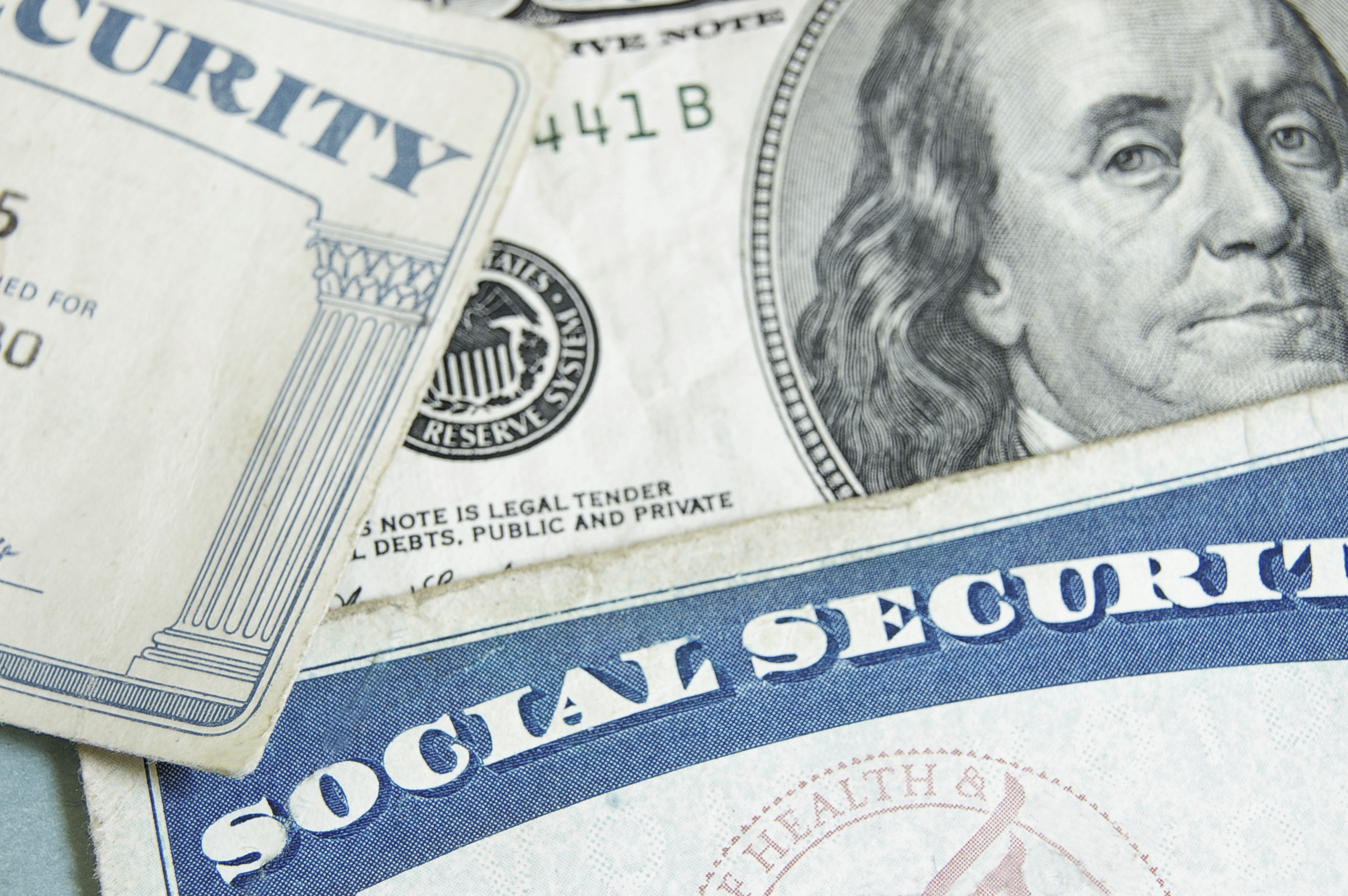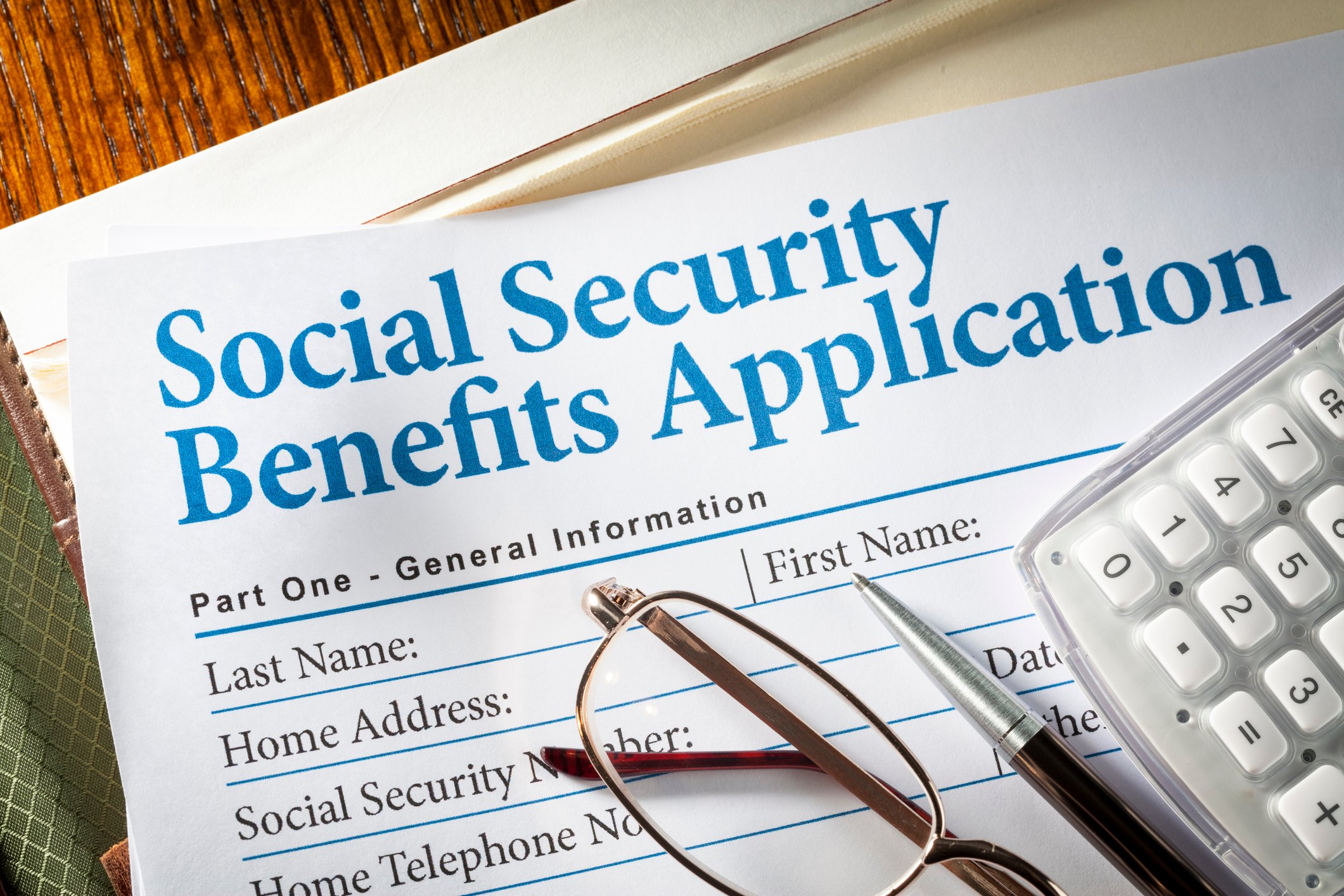The average American is struggling to prepare for retirement. Half of adults age 55 and older have no retirement savings at all, according to a report from the U.S. Government Accountability Office, and three-quarters of Americans aren't entirely sure that Social Security will be available once they retire, a survey from Northwestern Mutual found.
The Social Security program isn't going to collapse completely, but it is possible that retirees may receive smaller checks in the future. Right now, the average Social Security check comes out to around $1,461 per month, which is hardly enough for many households to survive on. With future cuts looming on the horizon, the future could look even more grim for those depending entirely on Social Security to make ends meet. For that reason, it's crucial to build a solid retirement fund so you have personal savings to fall back on during your golden years.
Although saving for the future is a challenge for millions of workers, there's one group of people in particular who are facing greater retirement risks: Women.

Image source: Getty Images
Why women face more retirement risks
Retirement aside, women face more financial obstacles than men in general. On average, women earn around 19% less than men for doing the same work, according to a 2018 report from the Institute for Women's Policy Research. In addition, they often have to pay more than men for the same products -- also known as the "pink tax." When studying prices of women's and men's personal care products, researchers from the U.S. Government Accountability Office found that in half the products analyzed, those that were targeted to women had significantly higher prices than those targeted to men. Only around 20% of men's products had higher average prices than the women's products.
In part because of these broad inequalities, many women are finding it difficult to save for the future. The average male baby boomer has around $138,200 stashed in his 401(k), while the average female boomer has just $58,700 saved, according to a report from T. Rowe Price.
As a result, women are less optimistic about their financial future than men. While 50% of men say they're optimistic about the future of the U.S. stock market over the next 12 months, according to a survey from Nationwide, only 36% of women feel the same way.
The report also noted that women's savings aren't as protected against certain risks. Only 56% of women have a plan to protect their investments against market risk, compared to 71% of men. And just 62% of women have a strategy in place to ensure they don't outlive their savings, while 76% of men can say the same. Even among those who work with financial advisors to create a plan for their future, women still face these problems more often than men.
This gap is problematic not just because it means women are more likely to be less prepared financially for retirement, but women also often face higher retirement costs overall than men.
Women have longer average life expectancies than men, with the average woman living until age 86.5, while the average man lives to age 84, according to the Social Security Administration. Those few extra years can amount to tens or even hundreds of thousands of dollars in living expenses, meaning women will need to save more to account for the extra time they may spend in retirement.
Also, women tend to face higher healthcare costs in retirement than men. The average man in his 40s can expect to spend around $294,000 on healthcare costs during retirement, according to a study from Urban Institute. But the average woman currently in her 40s will likely spend around $381,000 on healthcare costs.
In other words, women are more likely than men to face higher retirement costs and outlive their savings, yet they are less likely to have a strategy in place to combat those risks. Fortunately, a little extra planning and research now can ensure you're as prepared as possible for retirement.
How women can prepare for an expensive retirement
There are loads of expenses to consider when preparing for retirement, and some are more obvious than others.
To start, think about your basic living expenses. Some people may only need 75% or 80% of their pre-retirement income to cover all their costs once they retire, but that's not the case for everyone. If you have big plans for retirement and expect to spend a lot of money traveling or enjoying new hobbies, you may need more each year than you do now. Also, Social Security benefits are only intended to replace around 40% of pre-retirement income, meaning the majority of your income in retirement will need to come from your personal savings. To get an estimate of what you'll need to save, establish a retirement budget and be honest with yourself about what you expect to spend. The more accurate your estimate is, the more prepared you'll be.
It's also a good idea to think about how long you expect to spend in retirement. Nobody knows exactly how long they'll live, of course, but coming up with an estimate can help get your retirement savings in the right ballpark. Consider your current health and look at your family history to see if there are any trends. If you're in tip-top shape and most people in your family have lived into their 90s, for instance, it's probably a good idea to assume you'll be spending a long time in retirement.
Another important cost to consider is healthcare. You could potentially spend hundreds of thousands of dollars on healthcare expenses alone in retirement, and Medicare doesn't cover everything. With Original Medicare, you typically won't pay a premium for Part A, but you will for Part B. You'll also have a deductible for both Part A and Part B coverage, and if you want prescription drug coverage, you'll need to enroll in Part D at an additional cost. Also, Original Medicare doesn't cover most types of routine care, including dental and vision, so you'll need to cover those expenses out-of-pocket. You can opt for a Medicare Advantage plan, which offers greater coverage, but at a steeper price.
Long-term care is another important consideration when preparing for retirement. Seven in 10 adults will require long-term care at some point in their lives, according to the U.S. Department of Health and Human Resources, and the average stay in a nursing home costs around $6,800 per month. And Medicare won't cover long-term care, so that's an additional out-of-pocket expense you're likely to face.
Of course, it's difficult to predict factors like how long you'll live, what type of healthcare expenses you'll face, and whether you'll need long-term care. But the more you understand about these potential costs, the better you can prepare for them. For example, you may open a health savings account to help combat high healthcare costs (but only if you have a high-deductible health plan.) Or you might consider long-term care insurance to prepare for potential expenses down the road. Or perhaps you choose to delay claiming Social Security benefits to earn bigger checks later on, which can help offset some of the expenses you'll face in retirement.
You may not be able to plan for every single cost in retirement. But doing what you can is better than not preparing at all and getting caught off guard when it's too late to adjust your retirement plan.





